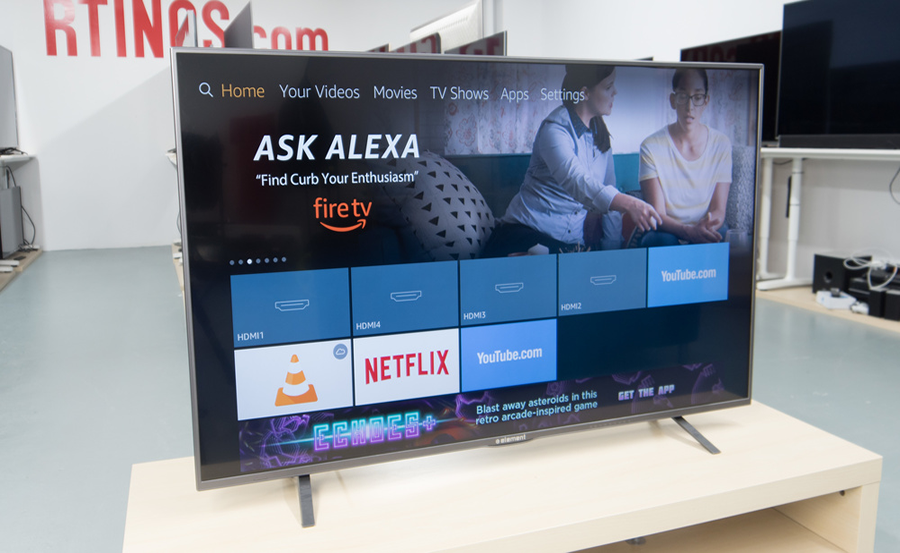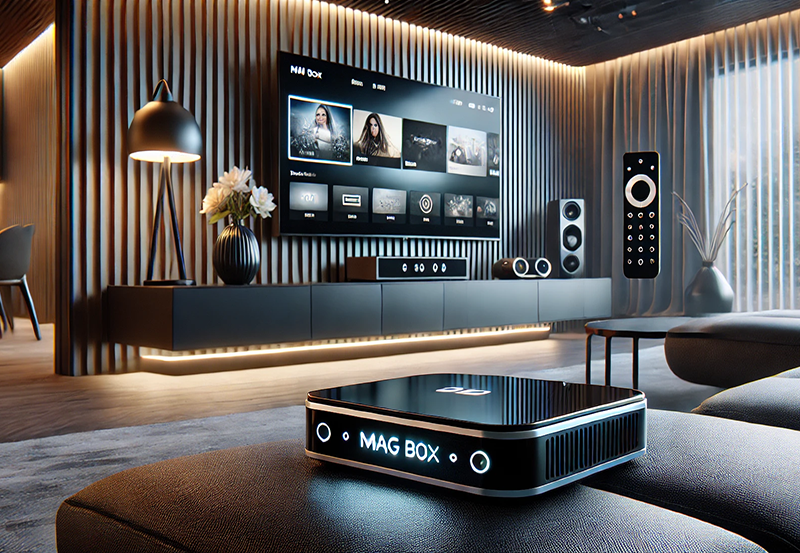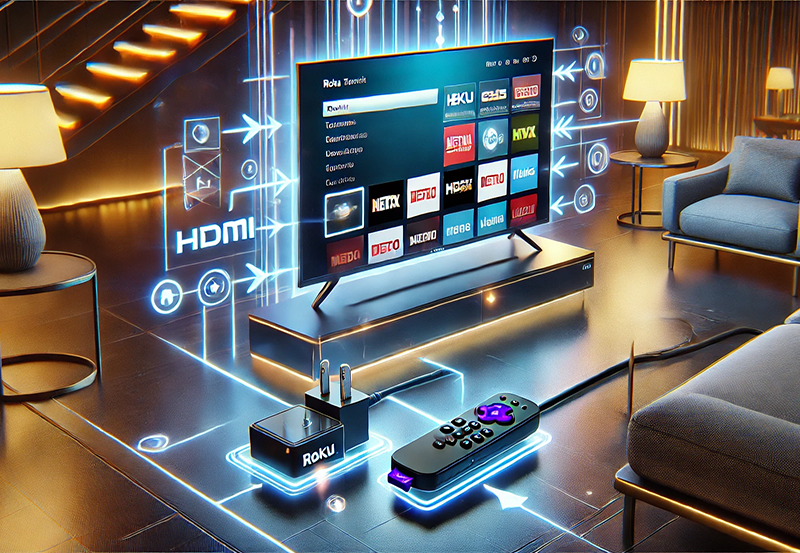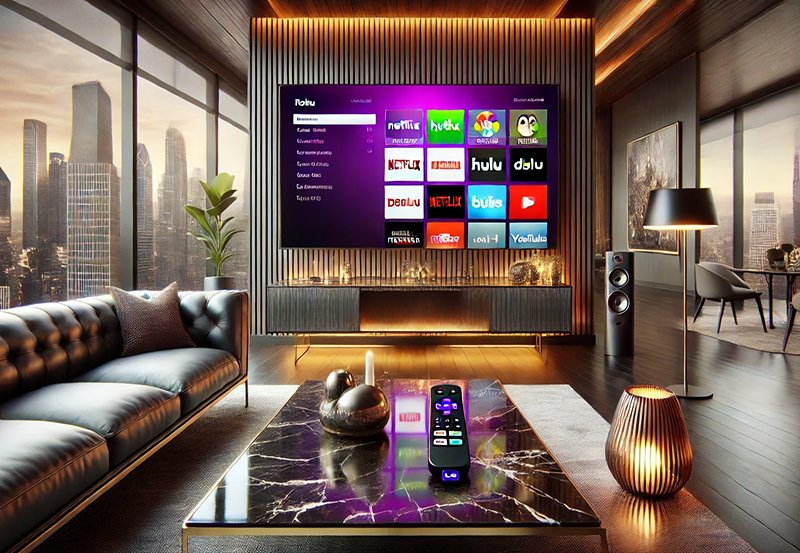In the age of digital entertainment, having an immersive viewing experience is no longer a luxury—it’s a necessity. As families grow and living spaces expand, the demand for multi-room television setups has skyrocketed. The key to enjoying seamless entertainment across multiple rooms lies in syncing your Element Smart TVs effectively. Let’s dive into how you can achieve this with ease and ensure everyone in the home has access to uninterrupted and synchronized viewing pleasure.
Understanding Multi-Room Viewing
The concept of multi-room viewing is simple yet transformative. It allows you to stream identical content across multiple televisions, ensuring that the experience remains consistent regardless of where you are in your home. By synchronizing Element Smart TVs, families can enjoy movies, shows, and even gaming sessions without missing a beat as they move from one room to another.
For many, the challenge lies in integrating technology smoothly across different devices and rooms. It’s about creating a cohesive media environment that’s easy to control and offers flexibility. Achieving this may seem complicated at first, but with some guidance, it becomes a streamlined process.
Smart Advice:
Catch every touchdown, goal, or slam dunk with IPTV for sports lovers, built for non-stop sports excitement.
The Role of Technology in Multi-Room Viewing
One of the critical drivers behind successful multi-room viewing is the technology you choose to employ. Particularly noteworthy are platforms like DuplexIPTV, which play an essential role in creating a unified streaming environment. By leveraging such services, users can enjoy seamless media access across different screens without any lag or quality loss.
DuplexIPTV and similar platforms are equipped with advanced synchronization capabilities that simplify the multi-room viewing process. They offer users the ability to link various devices through a central IP address, essentially mirroring content across all connected screens.
Choosing the Right Equipment
Before setting up your multi-room viewing system, it’s crucial to ensure that all your devices are compatible. Element Smart TVs are designed with connectivity in mind, but ensuring you have the latest firmware updates will facilitate smoother synchronization. Consider the following:
- Ensure all TVs have the latest software updates installed.
- Check that each TV is network-ready and properly connected to your Wi-Fi.
- Invest in reliable streaming services like IPTV trials to test and refine your setup.
The Step-by-Step Guide to Syncing
Setting up a multi-room viewing experience with Element Smart TVs requires a strategic approach. Follow these steps to ensure seamless synchronization:
Configuring Your Network
Your home network is the backbone of any multi-room streaming setup. It needs to be robust and capable of handling multiple data streams simultaneously. Begin by evaluating your current network’s performance and make any necessary upgrades to hardware or bandwidth.
Next, configure your router to handle multiple devices effectively. This may include setting up quality of service (QoS) to prioritize streaming data and ensuring strong coverage throughout your home. Consider upgrading to a mesh Wi-Fi system if you face signal cuts or weak points.
Connecting Your Element Smart TVs
Once your network is ready, it’s time to connect your Element Smart TVs. Ensure each unit is connected to the Wi-Fi and test the connectivity by streaming different channels to check for any interruptions or lag. This is where platforms like DuplexIPTV come into play, allowing seamless integration and synchronization.
Incorporate IPTV trials to familiarize yourself with different synchronization techniques, ensuring that each TV mirrors the primary screen accurately and in real time. These trials provide an opportunity to test out the platform without long-term commitment, offering a chance to pivot your approach if necessary.
Fine-Tuning Synchronization
After connecting the TVs, you will need to fine-tune the synchronization settings. Look into advanced settings on your Element Smart TVs to minimize latency and enhance image quality. It’s crucial to focus on ensuring that audio and video are perfectly in sync, which may take some tinkering with both your TV and network settings.
Troubleshooting Common Issues
As with any technological setup, encountering issues is part of the process. However, understanding common problems and their solutions can significantly smooth out your experience.
Dealing with Signal Interference
Signal interference is a common hurdle in multi-room setups, often resulting from overlapping frequencies or electronic devices. To mitigate this, ensure your router operates on a frequency with minimal interference, using dual or tri-band routers to optimize bandwidth allocation.
Additionally, place your router in a central location, ideally in the room most frequently used for viewing. This helps in distributing an even signal across different areas, reducing dead spots that might disrupt your viewing experience.
Addressing Lag and Buffering
Buffering and lag can severely impact the enjoyment of synchronized viewing. To address this, start by checking the internet speed available to each TV. If some screens are slower, it could be due to limited bandwidth or poor network positioning.
Boost your network speed or optimize your router settings if necessary. Also, ensuring that no other high-data activities are scheduled during streaming times will help reduce lag, maintaining smooth playback.
Improving Connection Stability
For areas with persistent connectivity issues, consider using wired connections like Ethernet cables. They provide more stable connections compared to wireless, reducing the risk of streaming interruptions. If wiring isn’t feasible, look into powerline adapters that offer a compromise between convenience and stability.
FAQs About Multi-Room Viewing

What is the primary benefit of a multi-room viewing setup?
The main advantage is convenience. It allows you to enjoy your favorite content seamlessly across different rooms, enhancing the overall viewing experience without interruptions as you move around your home.
How can DuplexIPTV services improve my setup?
DuplexIPTV offers robust synchronization features that ensure your content is mirrored perfectly across all connected screens. It simplifies the integration process and optimizes media delivery for a unified viewing experience.
Are there any specific network requirements?
Yes, a strong and stable network is crucial. Ensure your router is equipped to handle multiple devices, and consider upgrading to a mesh Wi-Fi system for better coverage if needed. Also, prioritizing traffic through quality of service (QoS) settings is advisable.
What troubleshooting tips can help when I face lag?
Begin by optimizing your network settings and ensuring each TV is receiving adequate bandwidth. If issues persist, evaluate your internet speed, reduce interference, and schedule streaming during low network usage periods.
Why should I try IPTV trials before a full subscription?
IPTV trials allow you to test the service without long-term commitment, providing a chance to ensure compatibility and satisfaction with the service before investing further.
Can I sync Element Smart TVs of different models?
Yes, as long as they all support the same synchronization technologies and have updated firmware. This ensures compatibility and a smoother setup process.
What if I encounter persistent network issues?
If persistent issues occur, consider consulting a professional for a detailed network assessment and tailored solutions to fit your specific home layout and needs.
In a world where entertainment is at the heart of our living spaces, syncing multiple TVs to create a cohesive viewing environment is becoming increasingly important. With the right tools and knowledge, transitioning to a multi-room setup can be both simple and rewarding, laying the foundation for countless hours of enjoyable, uninterrupted entertainment.
Analyzing IPTV Buffering via Network Monitoring Tools





